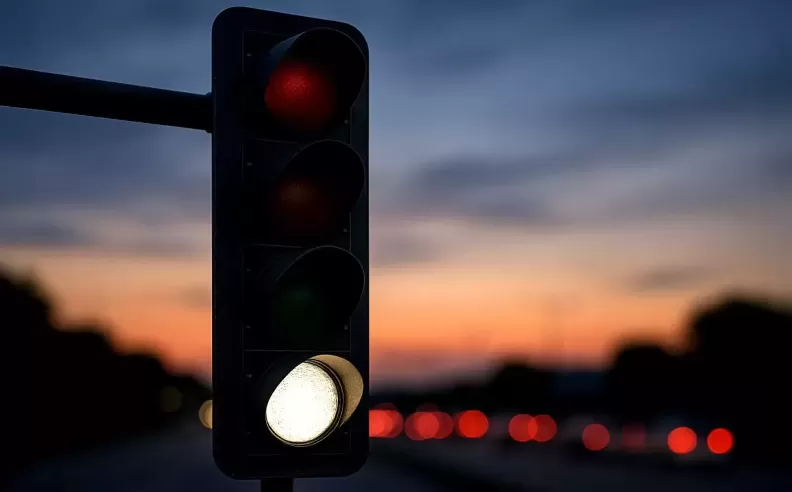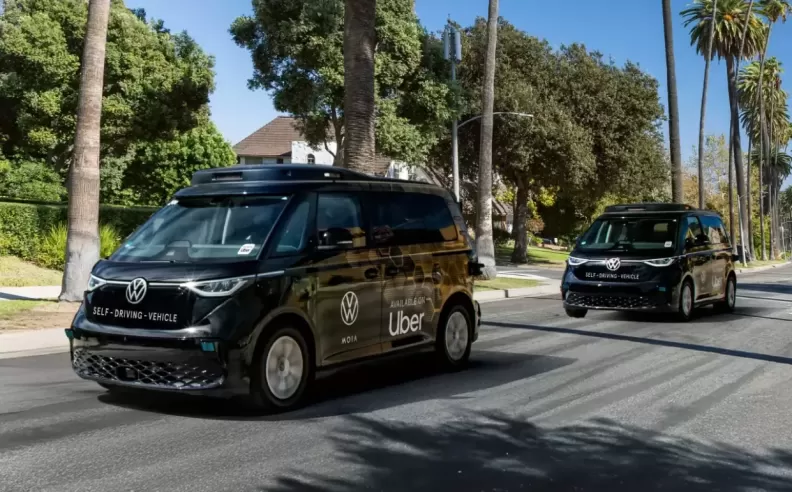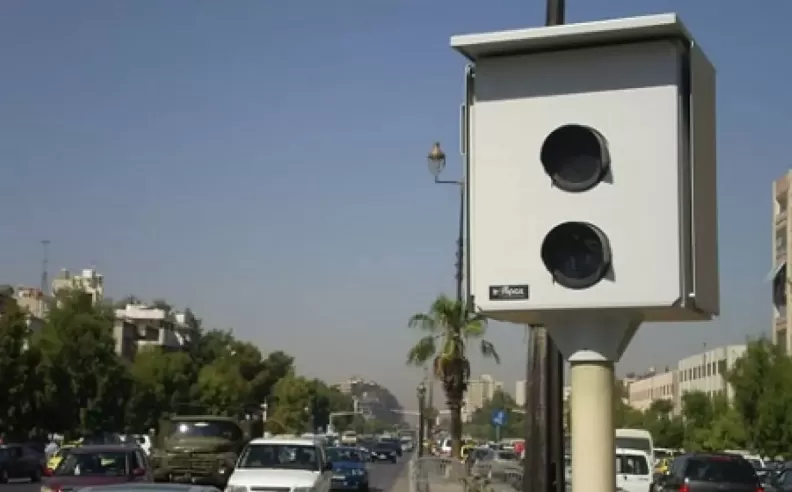
For over a hundred years, traffic lights have relied on the classic trio of red for stop, yellow for caution, and green for go. Now, researchers from North Carolina State University are proposing a bold upgrade: a fourth signal, white, that could transform how intersections work. This new system, known as the white phase, promises to revolutionize city traffic by letting self driving cars take over at busy junctions and help move everyone more efficiently.

The new concept called the white phase only activates when enough self driving vehicles are present at an intersection. When this happens, the traffic light flashes white, signaling human drivers to simply follow the car in front of them. No more stopping for red or waiting for green — the autonomous cars communicate with each other, managing the crossing in real time.
Researchers designed this system to work alongside the current red, yellow, and green lights. If there are not enough self driving vehicles at a junction, the normal signals remain in place. But once a critical mass of smart cars is detected, control shifts. The connected vehicles act like mobile traffic managers, sharing information to keep traffic flowing as smoothly as possible.

According to simulations published in IEEE Transactions, the white phase system could reduce signal delay by anywhere from 3.2 percent up to an astonishing 94 percent, depending on how many self driving cars are on the road. Overall traffic efficiency could climb to nearly 99 percent compared to traditional signals.
That means less time idling at intersections, lower fuel consumption, and reduced carbon emissions. But getting there will not be simple. The researchers note that up to 75 percent of existing city infrastructure would need to be upgraded to communicate with self driving vehicles. Plus, widespread use of autonomous cars is still a work in progress.
While the white light phase is not a full replacement for current signals yet, it offers a glimpse of the future. As more self driving cars hit the streets and technology advances, city planners could one day flip the switch on a traffic revolution — one where waiting at a red light becomes a thing of the past and traffic moves with almost perfect efficiency.

Started my career in Automotive Journalism in 2015. Even though I'm a pharmacist, hanging around cars all the time has created a passion for the automotive industry since day 1.

